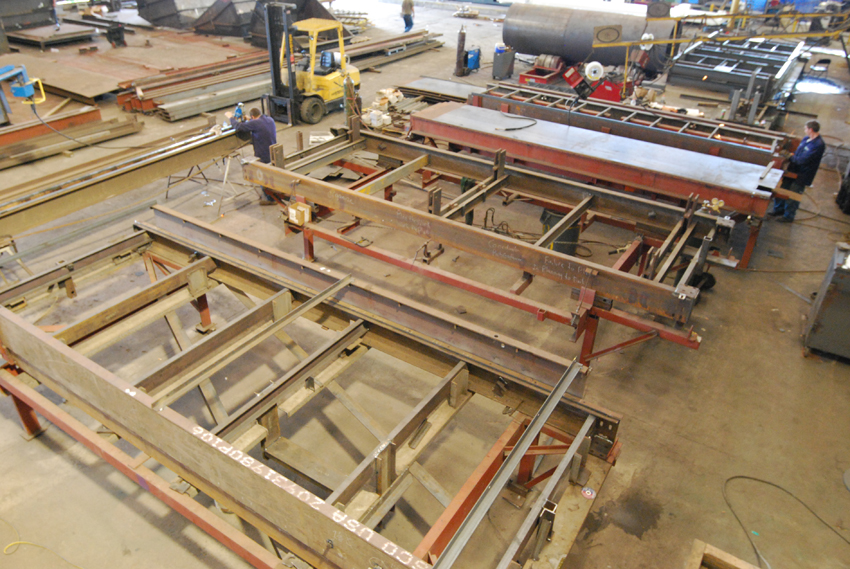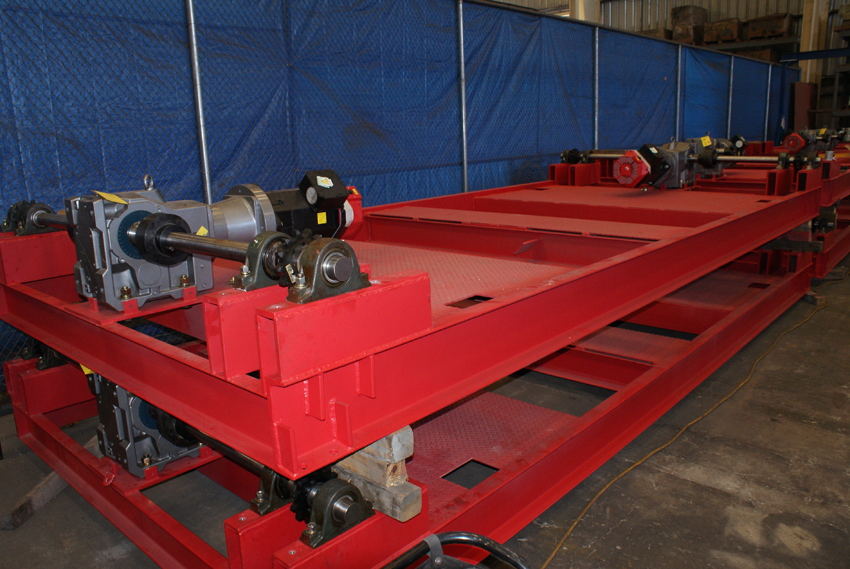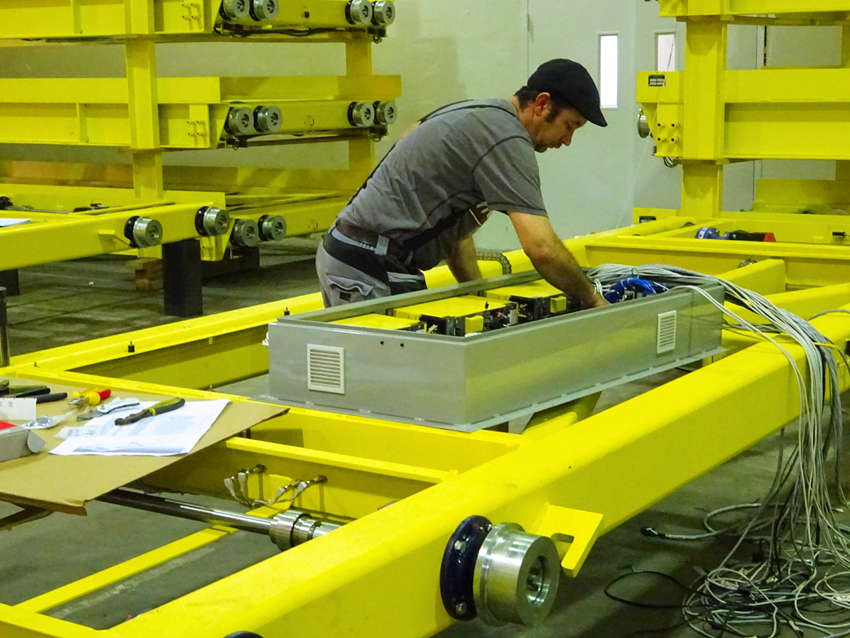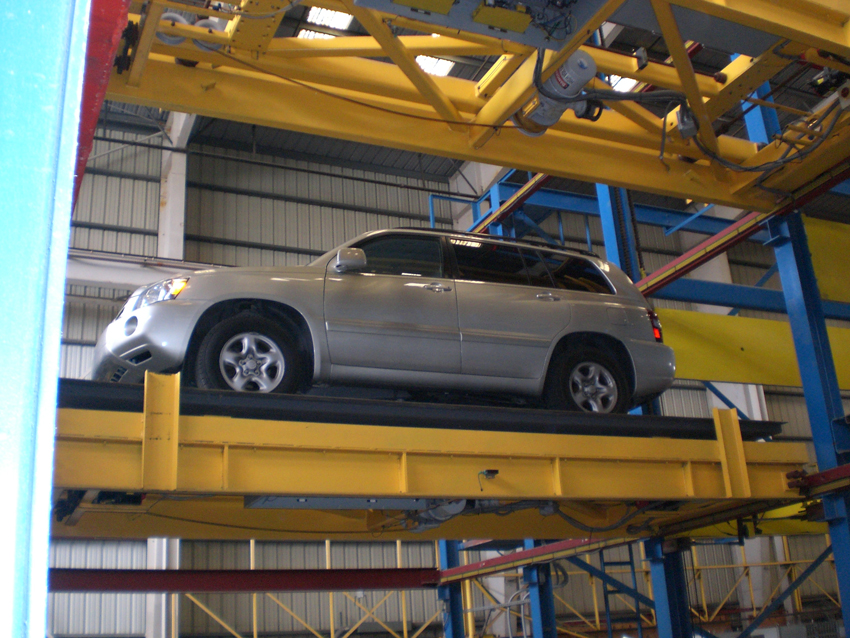What Is in the Contract?
Planning and Understandings
Scope of Work: Partial Supply versus Turnkey
In the case study presented here, which represents the largest APS in the world, the contract called for a turnkey scope of work. This means that the supplier, based in Florida, took on the complete design and organized the local building permits, manufacturing, shipping, installation, and testing of the parking system, including 15 years of maintenance and operations. While there might be some temptation to shop around for a number of suppliers to provide various elements, such as the manufacturing, support structure, installation and software—presumably to save money or channel work toward regular suppliers—the potential for error and failure increases to an unacceptable level. In such a large and sophisticated project, choosing a turnkey scope of work from a trusted, experienced, and proven supplier is by far the best path forward.
Sequence of Documents Pertaining to Contract
The several documents forming the contract are to be taken together, with each explaining the others. But in the case of discrepancies and ambiguities, the priority of the documents should be spelled out. Here is an example of priorities of documents:
- Agreement
- Owner letter of acceptance, if any
- Conditions of contract
- Supplier proposal signed and accepted by owner (including cover letter, if any)
- Attachments and all related correspondences
- Any other document forming part of the contract
Contractual Relations Between Parties
The APS contract should be prepared in accordance with sound international practice for the design and execution of special installation and automation work. It should consider the general practices and customs prevailing in the market. Of course, care should be taken to maintain a balanced contract, giving due consideration to both owner’s and supplier’s rights and obligations.
A clear chain of command is necessary. In addition to the owner, the supplier should be responsible to report and take orders only from one entity, namely the consultant or owner’s representative, project manager, or engineer, as spelled out in writing.
Plans and Boundaries Clearly Defined
The contract needs to specify who does what. The supplier should be responsible only for the assembly and installation of the APS, including associated trades inside the confines of the actual parking building.
Specific Quality Standards Need to be Spelled Out
However, the supplier should be responsible for preparing all of the submittals in compliance with the standards that apply to APSs. The include NFPA 13/ NFPA 88A-2019, ASME B30.13, as well as the “Guide to the Design and Operation of Automatic Parking Facilities,” as published by NPA and the Automated and Mechanical Parking Association (AMPA).















